EVSC (Electronic Vehicle Stability Control) is a stability control system for trucks and buses from Isuzu. It prevents the vehicle …


EVSC (Electronic Vehicle Stability Control) is a stability control system for trucks and buses from Isuzu. It prevents the vehicle …

TiD and TTiD engines are direct injection diesel engines. Saab vehicles were equipped with it between 1998 and 2012. The …

TSP (Trailer Stability Program) is a stability control for trailers, installed in Opel and Vauxhall vehicles. It prevents the trailer …
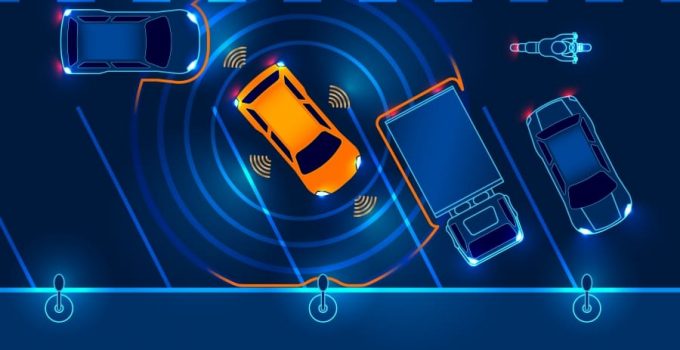
Park Assist is a system that helps the driver to park . This allows you to safely drive into or …
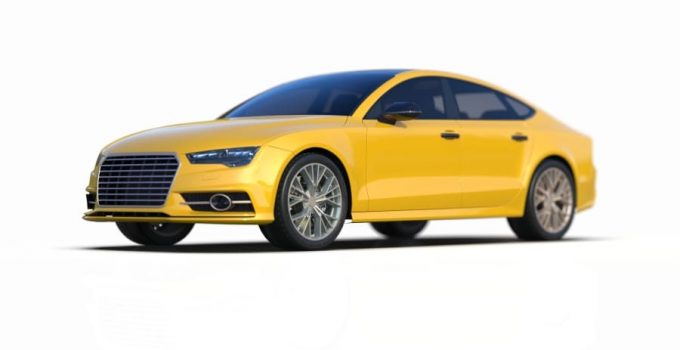
Quattro is a permanent four-wheel drive that is used in Audi vehicles with Transverse engine arrangement is installed. It was …

ESR (Electronic Wheel-Slip Reduction) is an electronic traction control system , which is used on SEAT models. It works together …

An airbag is an essential element of a vehicle's passive safety system. This is a bag of strong, flexible fabric …
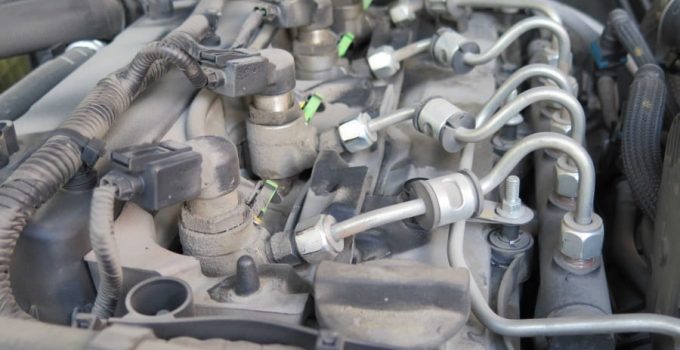
XDi is a range of turbocharged common rail diesel engines -Fuel injection system. The engines will be installed in SsangYong …
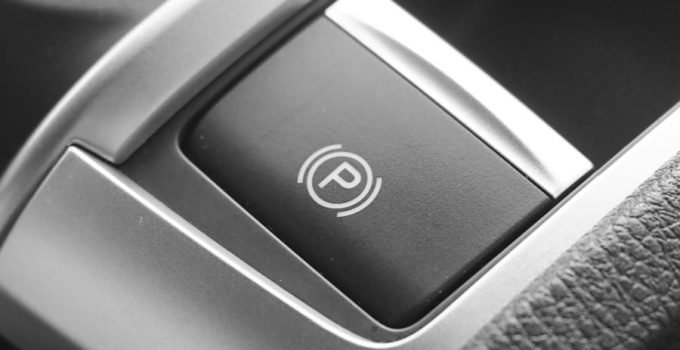
Comfort at the highest level is the motto when it comes to the development of modern vehicles. This is why …

VCDi are a range of turbocharged diesel engines powered by a equipped with a common rail injection system. They have …

TRC (Traction Control System) is a system used in Toyota models has been installed. It works closely with the ABS. …

DSTC, which means Dynamic Stability & Traction Control is a system used in Volvo models. In 1998, it was first …
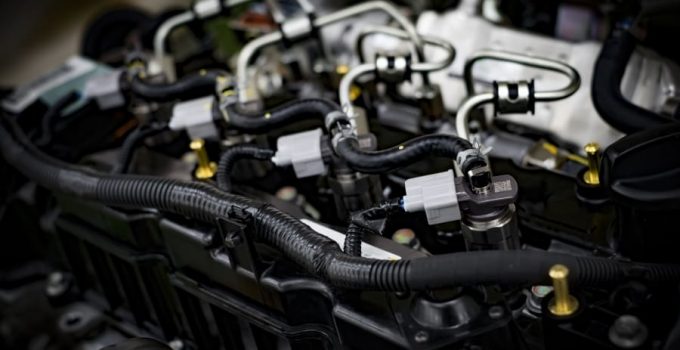
CiTD engines are turbocharged diesel engines powered by a common -Rail fuel injection system and installed on Mazda cars. The …
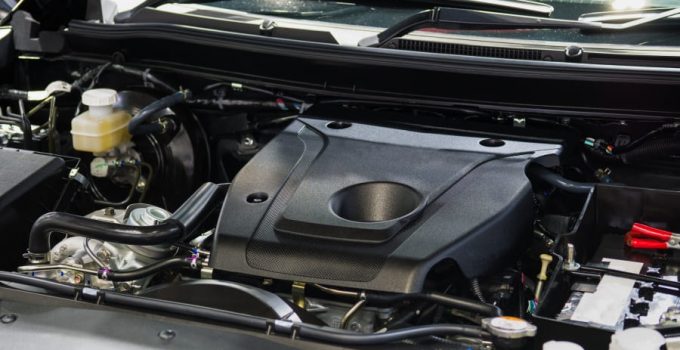
DI-D engines are turbocharged diesel engines equipped with a direct injection system are equipped. These are used in Mitsubishi vehicles. …

VSC (Vehicle Stability Control) is a system with which Models from Škoda, Chevrolet, Kia, Hyundai, Toyota, Lexus and Lada can …

StabiliTrak is used as a brand name for stability control in General Motors vehicles used. The systems are installed in …

TDCi are diesel engines with turbocharger and common rail injection system, installed in Ford models. They were introduced in 2000. …

RSC (Roll Stability Control) is a rollover protection system. It is installed on Ford, Land Rover, Lincoln and Volvo vehicles, …

ASC (Automatic Stability Control) is a feature of Jaguar and BMW -models used system. It was introduced in 1997. The …

ESC stands for “Electronic Stability Control”. The system is used in vehicles from Hyundai, Chevrolet, Škoda, Kia and Lada, among …